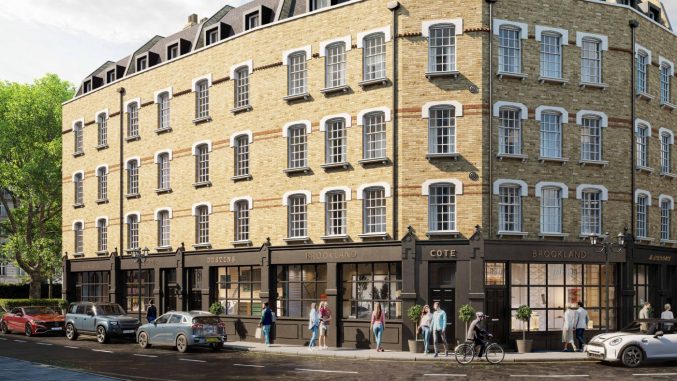Five top tips for property investors considering bridging loans
By Bridging Loan Directory

The market for bridging finance in the UK shows no sign of slowing down, with lending reaching £4.5 billion in 2019*, an increase of 19.7% compared to 2018.
Completions in Q4 2019 reached £1.068 billion – an increase of 13.7% on Q3, while average LTVs continued to remain below 60%. (*Source: The Association of Short-Term Lenders, 2019).
Bridging finance is rapidly becoming the first choice for many property investors, underserved by the High Street banks, as it’s one of the fastest property-secured loans available.
Many investors use it as a stop gap when they need money quickly. Usually running from 6-18 months, bridging loans are available for up to 75% loan to value.
However, they do come with variable rates and application, administration, broker and exit fees so it is worth shopping around and checking the small print.
So if you are considering applying for a bridging loan, here are five helpful tips:
- Compare products from different providers and ensure the total cost of the loan, rather than just the interest rate. It’s tempting to go for the lowest interest rate, but many lenders will charge large exit fees, fund management fees and other ‘hidden’ costs. Always ask for a breakdown of the total cost of taking the loan before proceeding as this makes it much easier to compare different providers.
- When you are looking for a bridging loan provider, make sure the lender knows your times-scales and check they can deliver in on time.Don’t be afraid to ask questions and don’t waste your time with a provider who won’t be able to deliver.
- The amount of money that you can borrow in a bridging loan can vary widely between applicants and is dependent upon several factors.These include the type of property being purchased/renovated/converted; the value of the property; the bridging loan term and interest rate offered by the lender; your security and proposed exit strategy
- You will need to inform your lender about the property, as it is the property that is used to secure the loan (the sale of which is your exit strategy for the loan repayment).Having an exit strategy in place is crucial to avoid running into difficulty.
- The repayment terms can often be amended to suit you. However, you are usually required to pay back the loan within a year, so that’s important to keep in mind.
The application process is usually far simpler than for other types of borrowing and applications can complete very quickly, usually in 5-14 days.
Amar Khiroya, Principal and Co-Founder of Reim Capital commented:
“Bridging loans are a great solution when investors are looking to raise finance to consolidate borrowing into one place, until a sale is achieved; grow and diversify a buy-to-let portfolio-use bridging finance to leverage capital; or purchase a property at auction.
A bridging loan can be processed in 2-6 weeks, versus a traditional buy-to-let mortgage and which will take 10-12 weeks and investors can raise capital on existing assets – an investor may want to take a second loan against an equity-rich property to acquire another property.”










You must be logged in to post a comment.